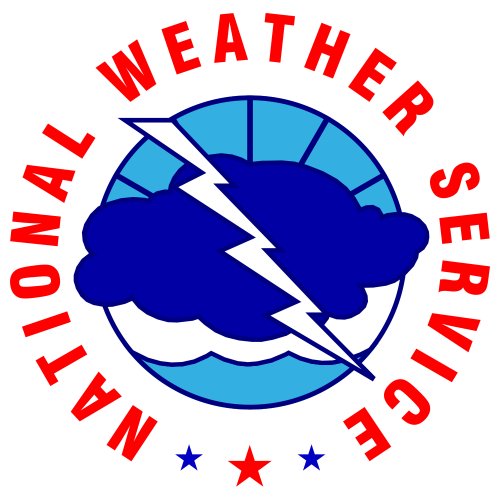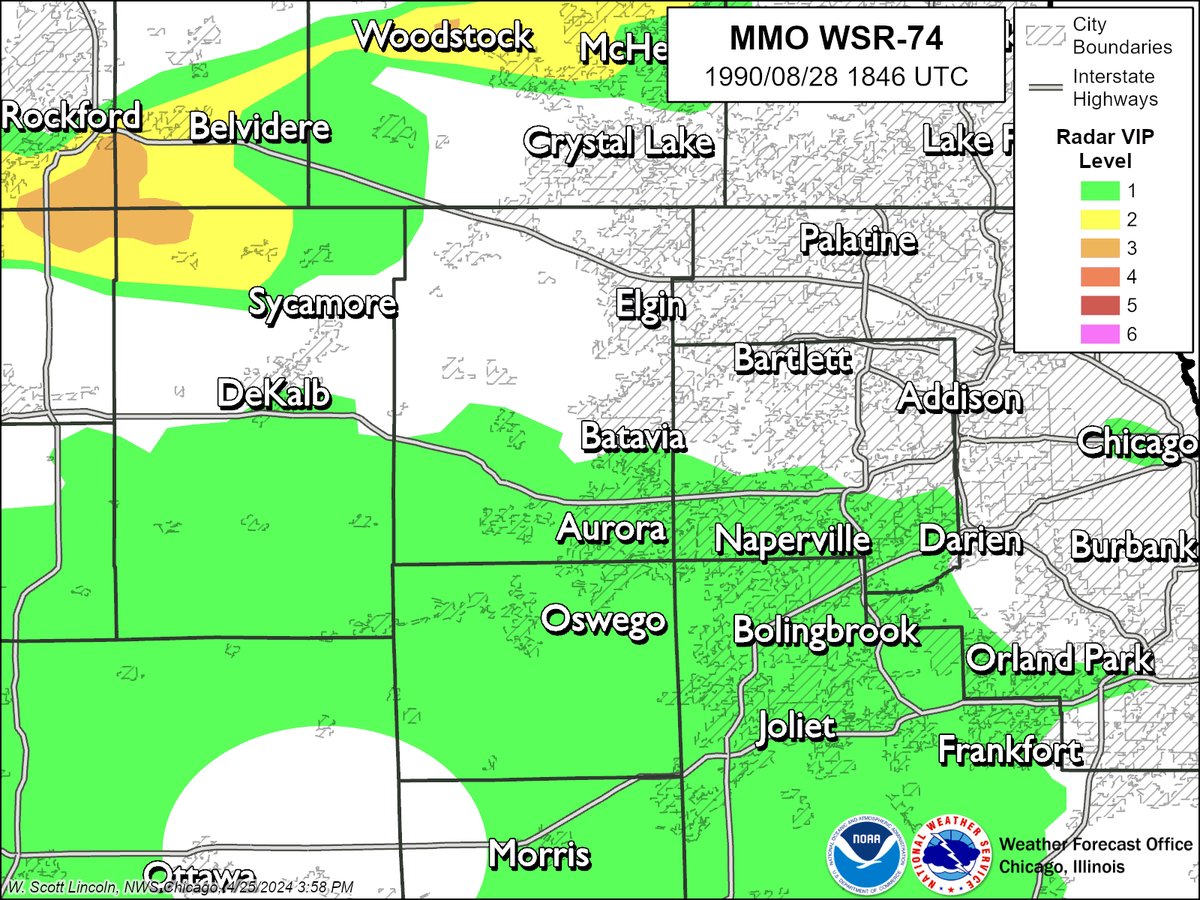
NWS Chicago
@NWSChicago
Followers
143K
Following
14K
Media
27K
Statuses
47K
Official X account for the National Weather Service Chicago. Details: https://t.co/WJlrehRT4n
Romeoville, IL
Joined July 2012
While there won’t exactly be great beach-going weather, if you have plans to go to a northwest Indiana beach any time this evening through tomorrow (Thursday) afternoon, know that high waves will lead to dangerous swimming and boating conditions in Lake Michigan waters. #INwx
0
0
4
[5:00 PM CDT 8/28].With dangerous swimming conditions at #LakeMichigan beaches thru tomorrow aftn, images from: Stay dry when waves are high! When caught in a current: Flip, Float, & Follow!.Beach Hazards Statement in effect until 4pm Friday. #ILwx #INwx
1
4
16
Today marks the 35th anniversary of the devastating 1990 F5 Plainfield tornado, which remains the strongest tornado on record to strike the United States during the month of August. To learn more about this historic event, visit our webpage at:.#tornado
8
105
392






































